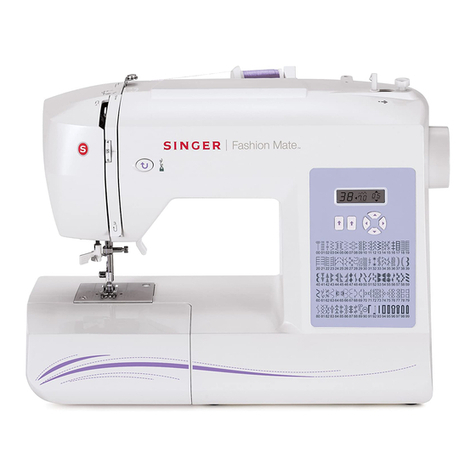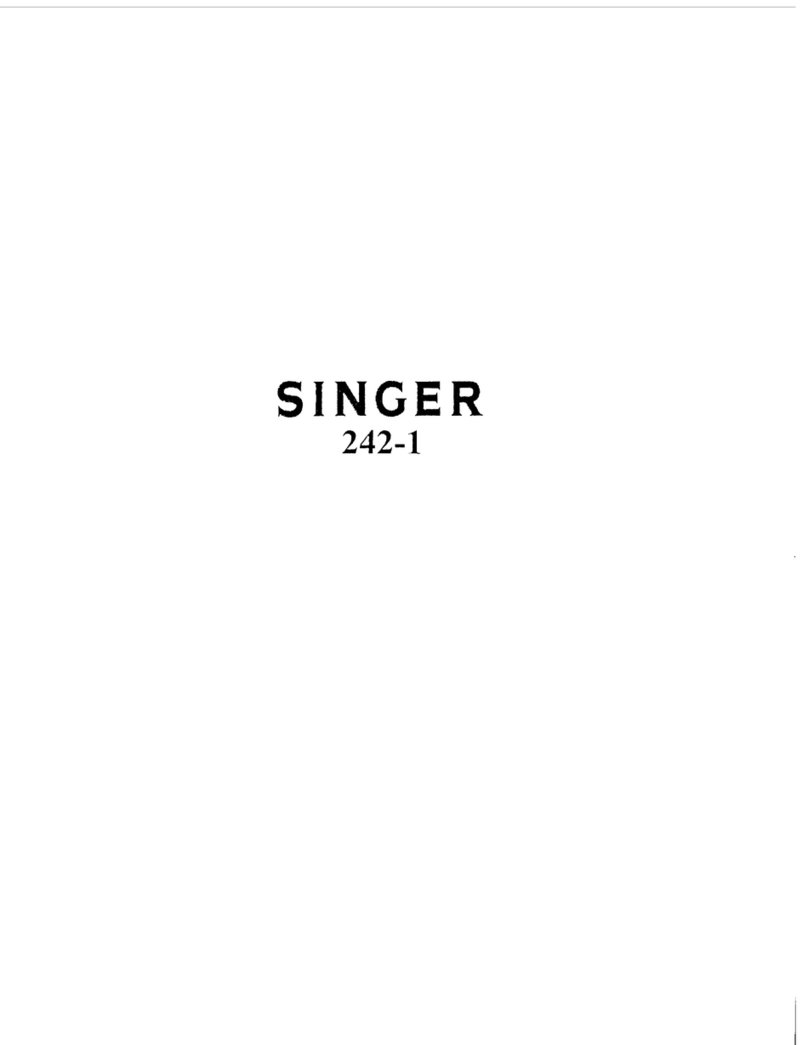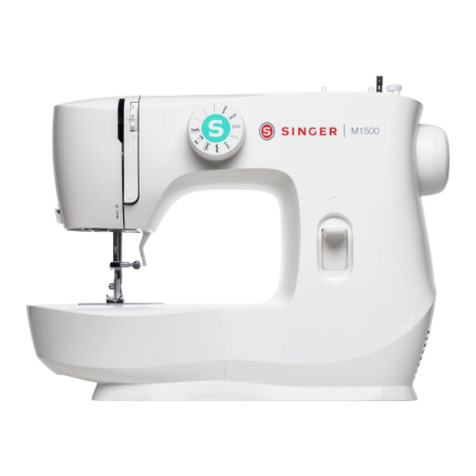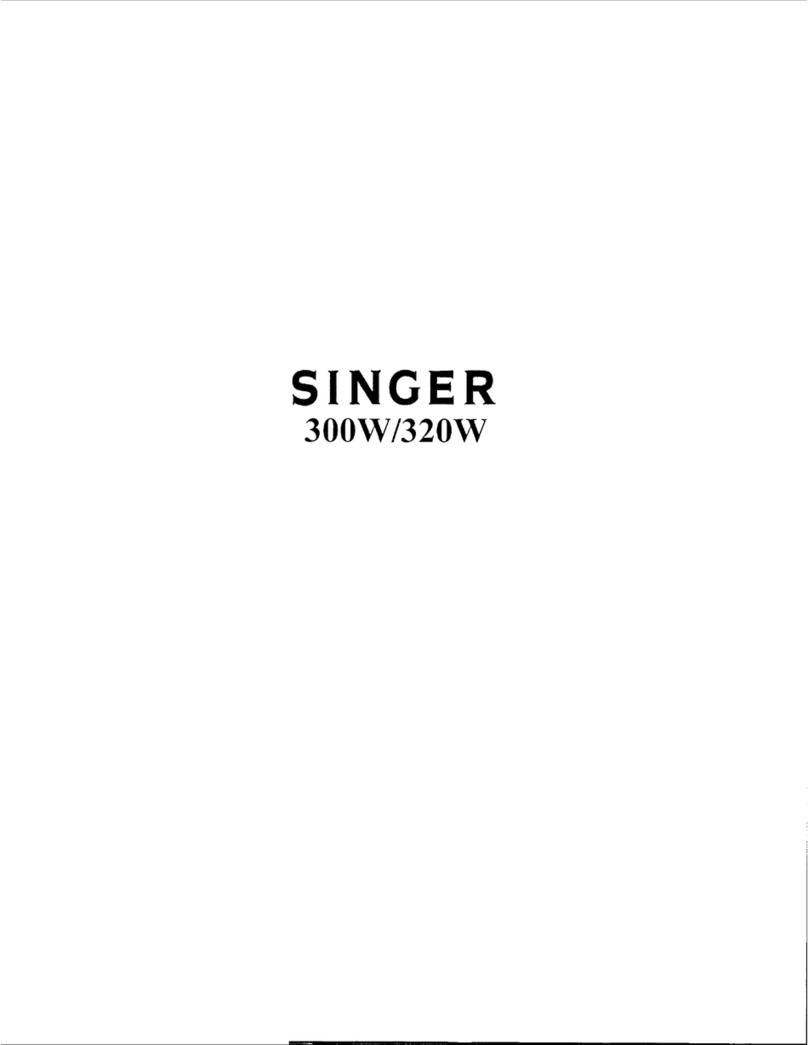Singer 678B002 Troubleshooting guide
Other Singer Sewing Machine manuals

Singer
Singer 14 U344B Manual

Singer
Singer 58-16 User manual

Singer
Singer 3210 User manual
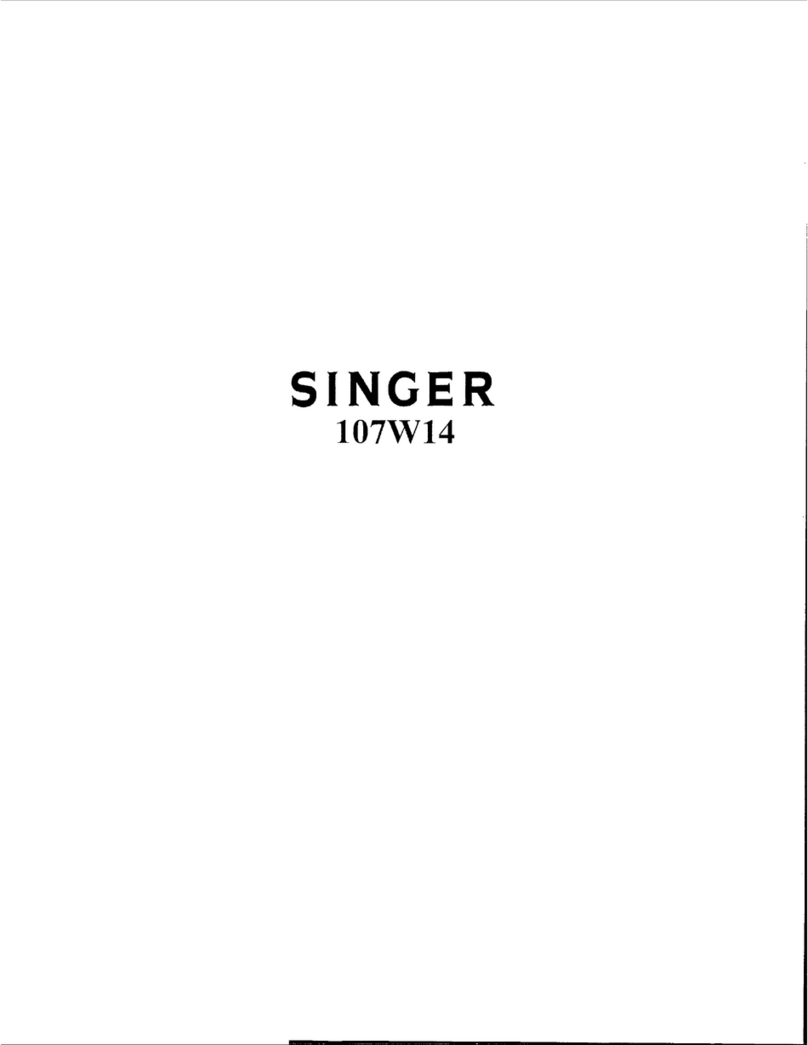
Singer
Singer 107W14 Quick start guide

Singer
Singer 3323 User manual

Singer
Singer M1250 User manual

Singer
Singer Vivo-1004 User manual
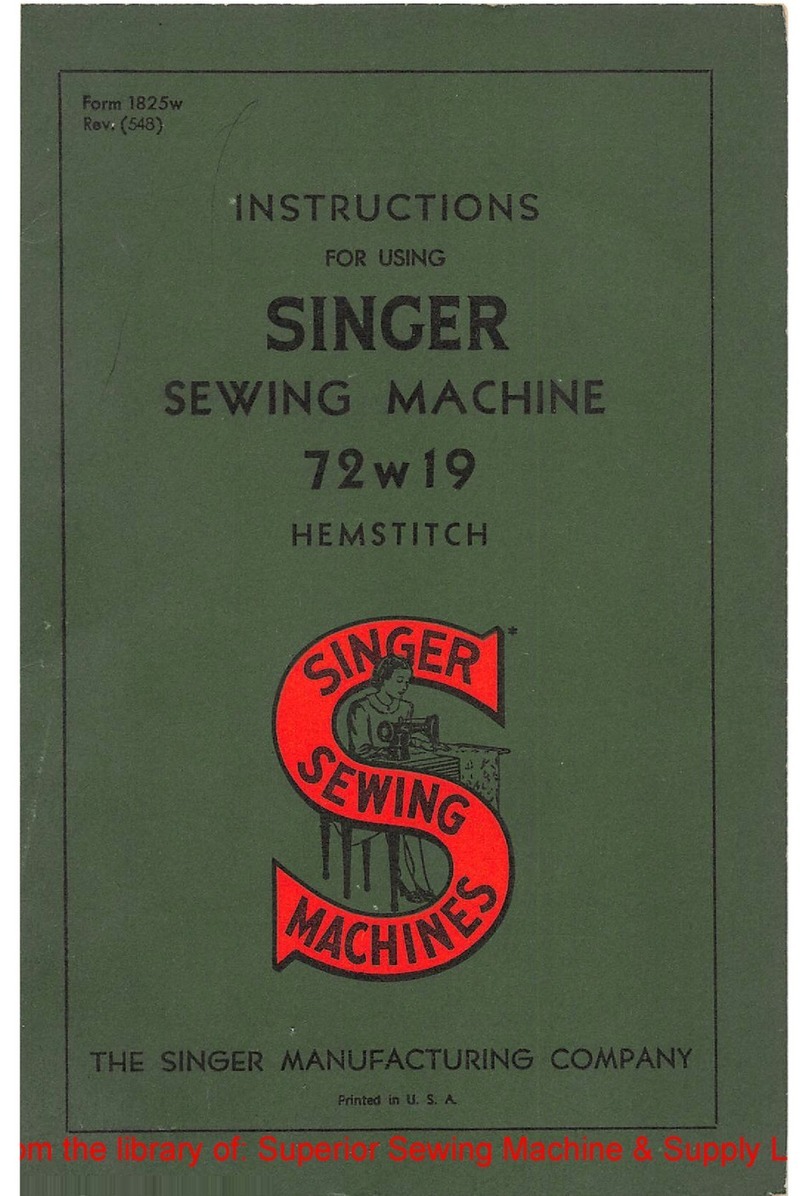
Singer
Singer 72W19 User manual
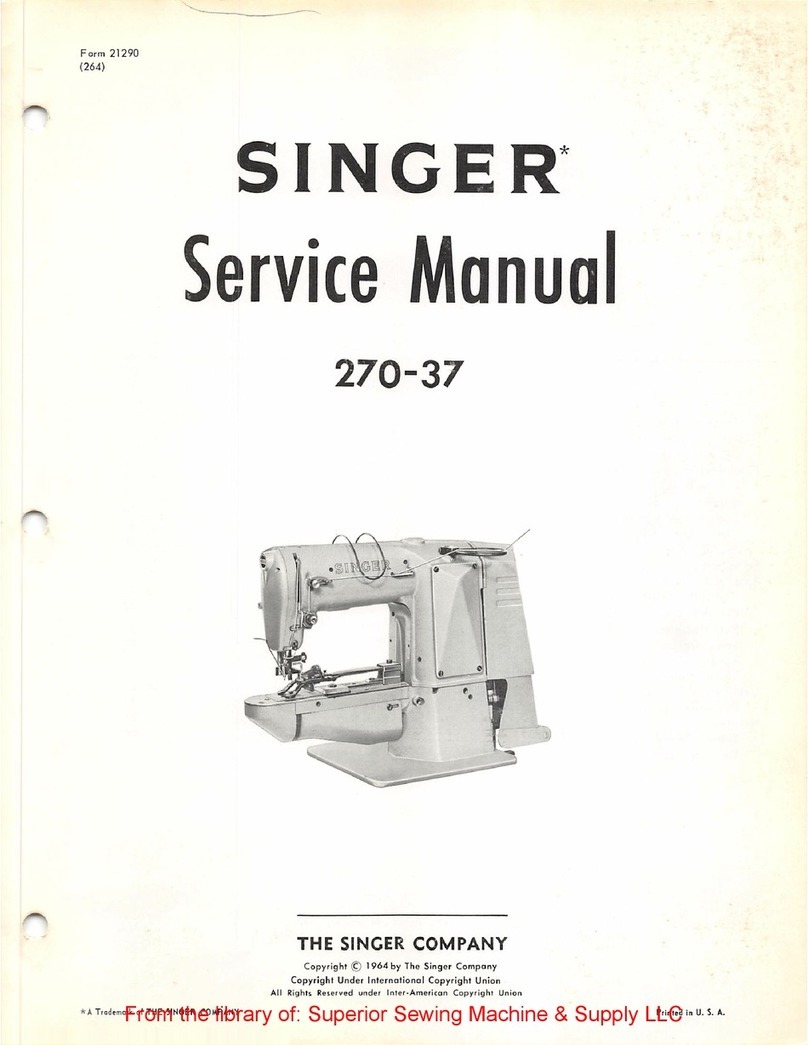
Singer
Singer 270-37 User manual
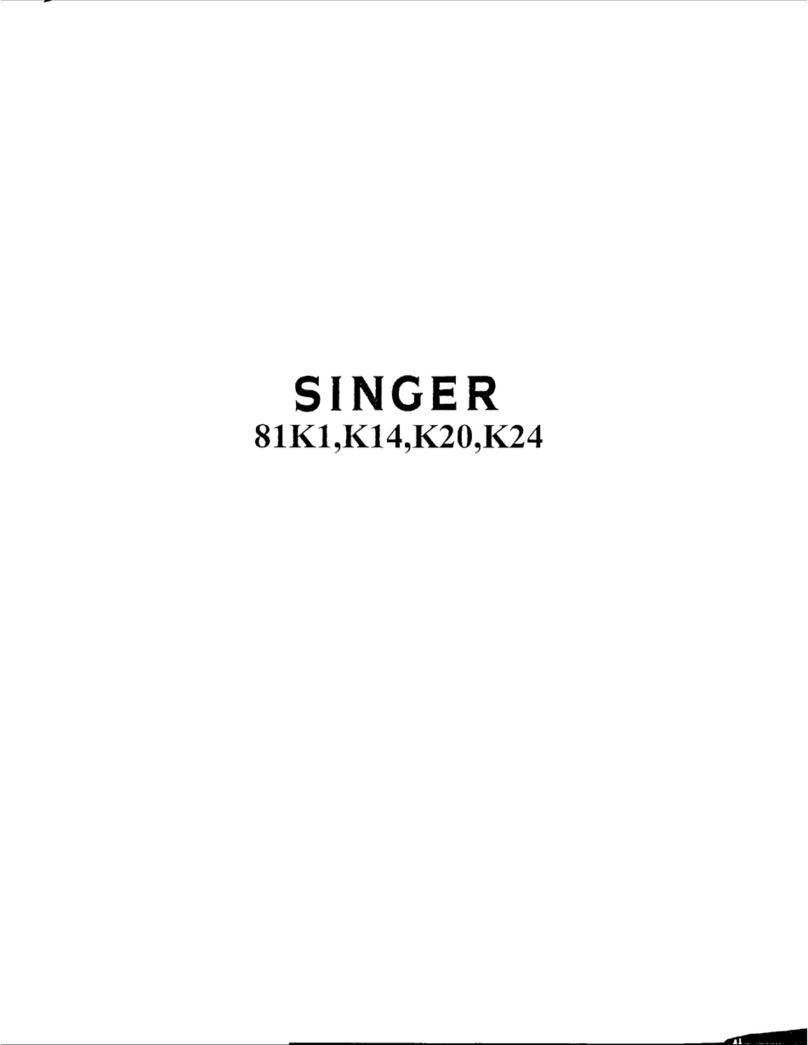
Singer
Singer 81K1 Installation and operation manual
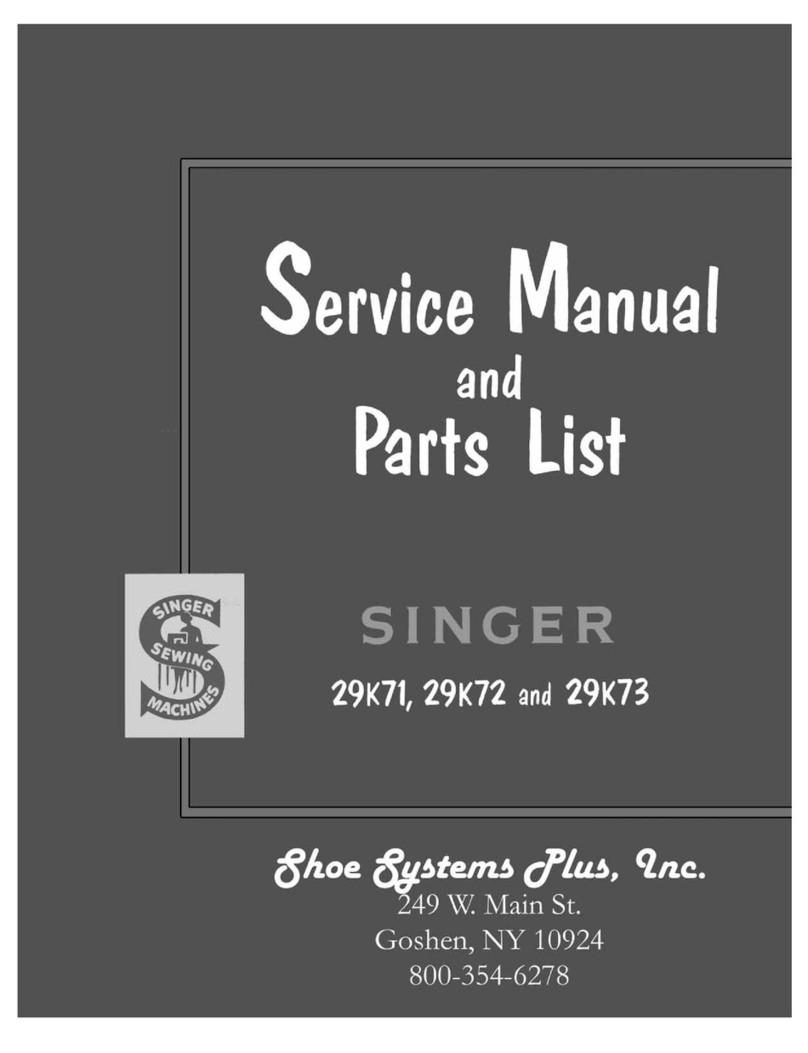
Singer
Singer 29K71 Troubleshooting guide
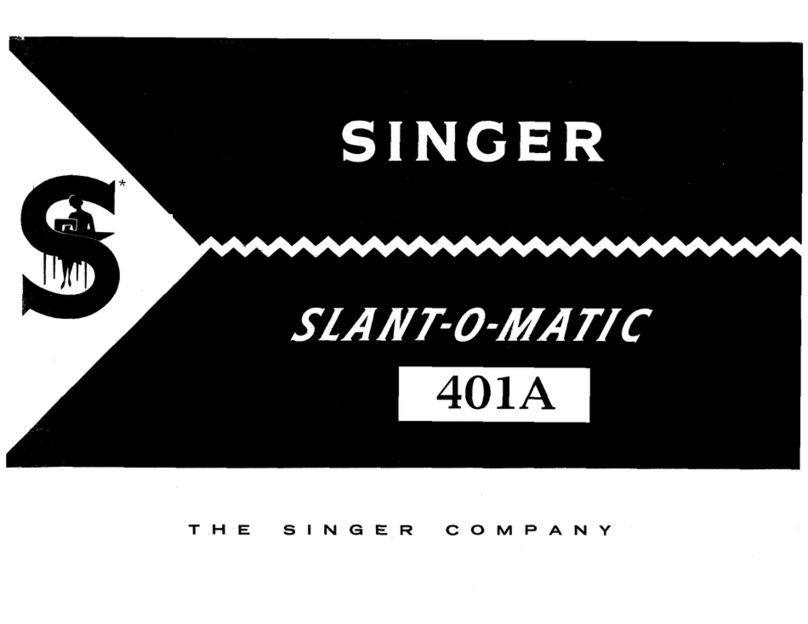
Singer
Singer Slant-o-matic 401A Installation and operation manual

Singer
Singer 66-18 User manual
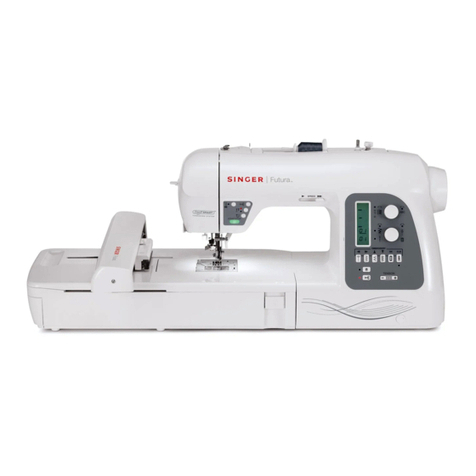
Singer
Singer XL-550 User manual
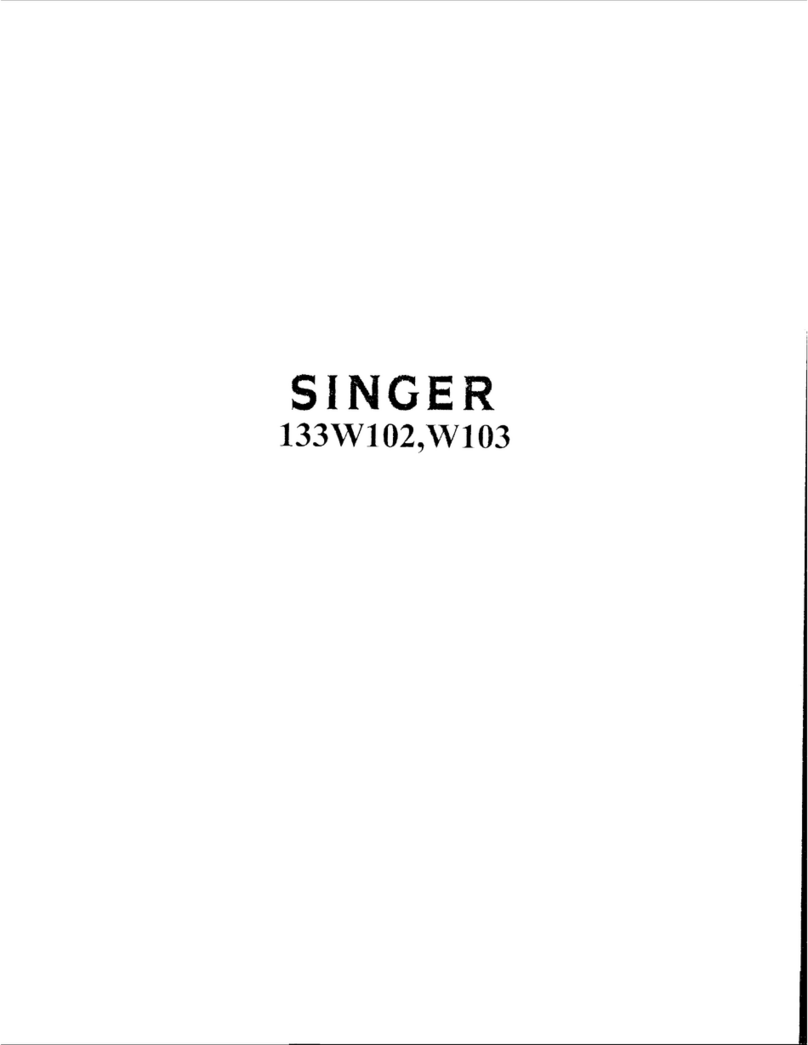
Singer
Singer 133W102 Quick start guide
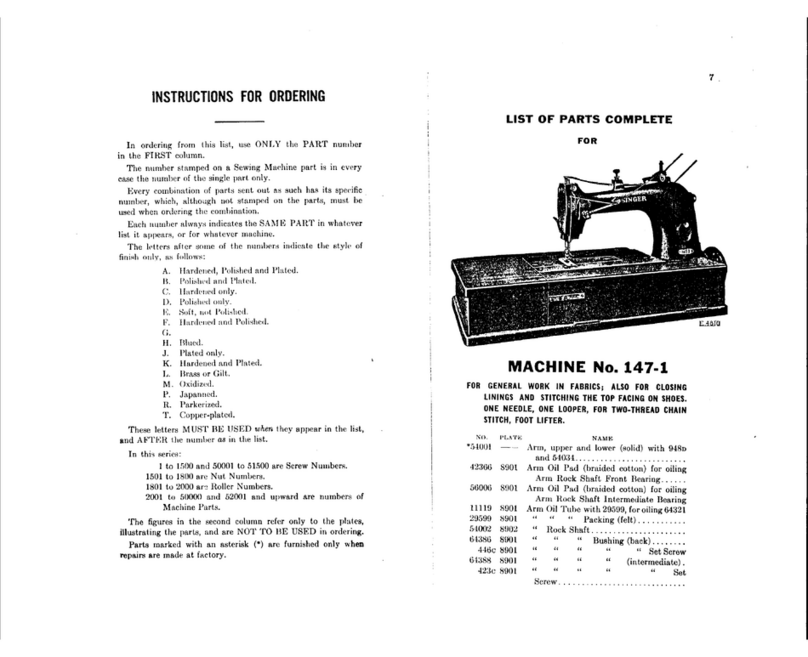
Singer
Singer 147-1 User manual
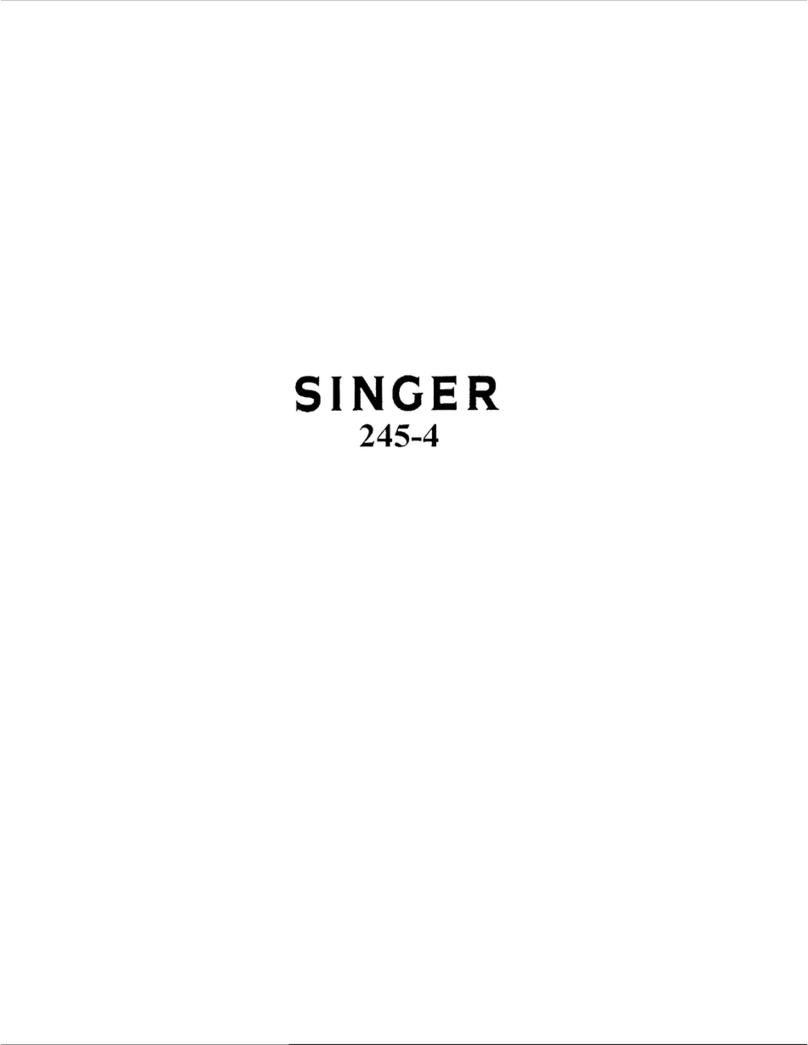
Singer
Singer 245-4 User manual

Singer
Singer 17-25 User manual
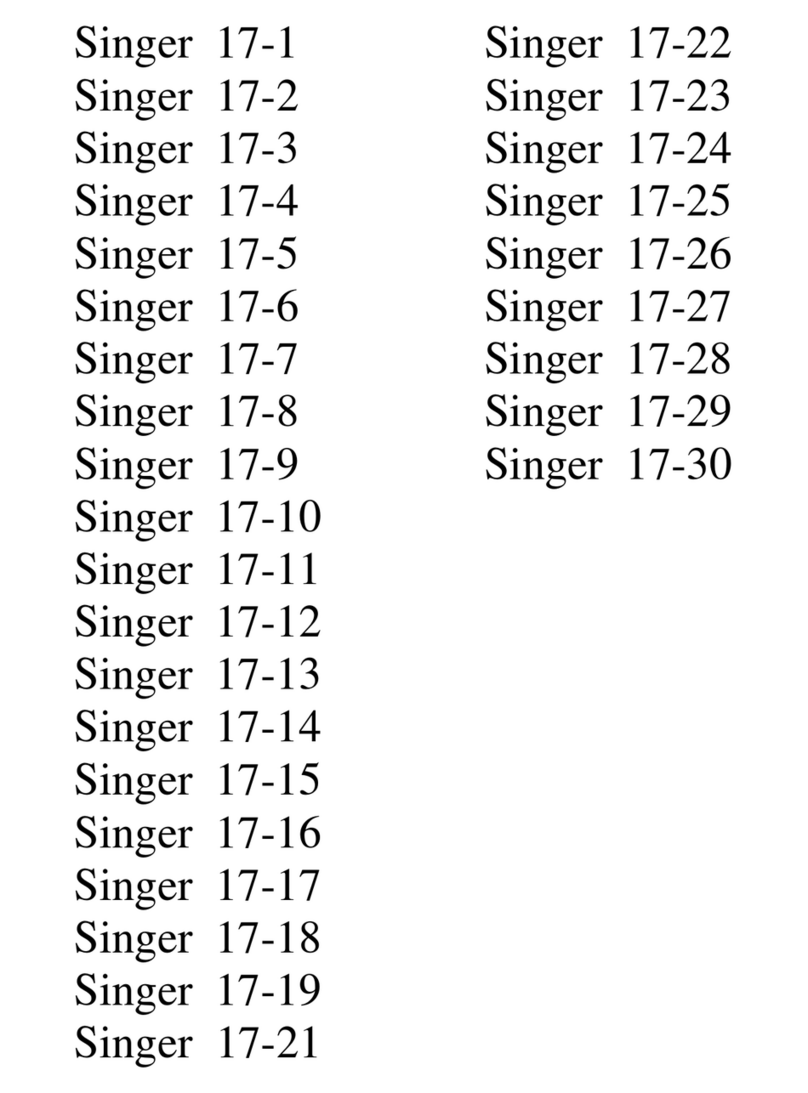
Singer
Singer 17-1 User manual
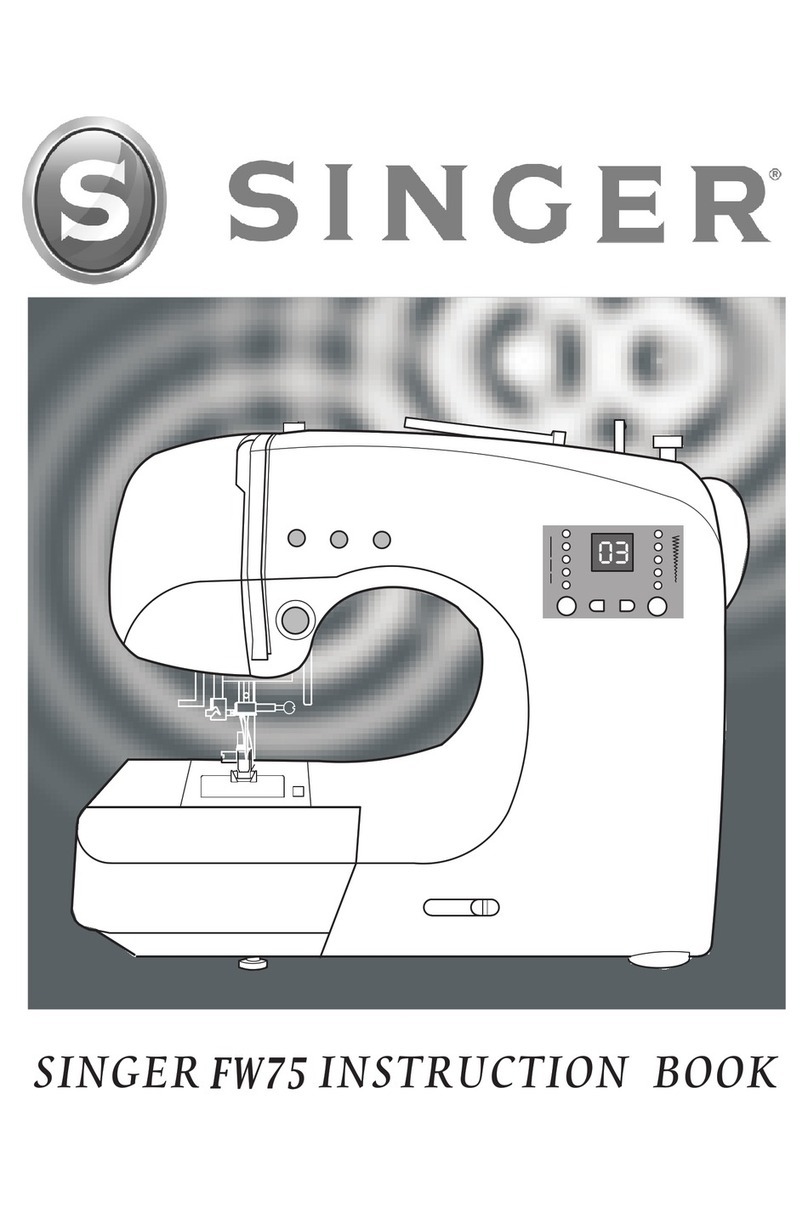
Singer
Singer FEATHERWEIGHT FW-75 User manual
